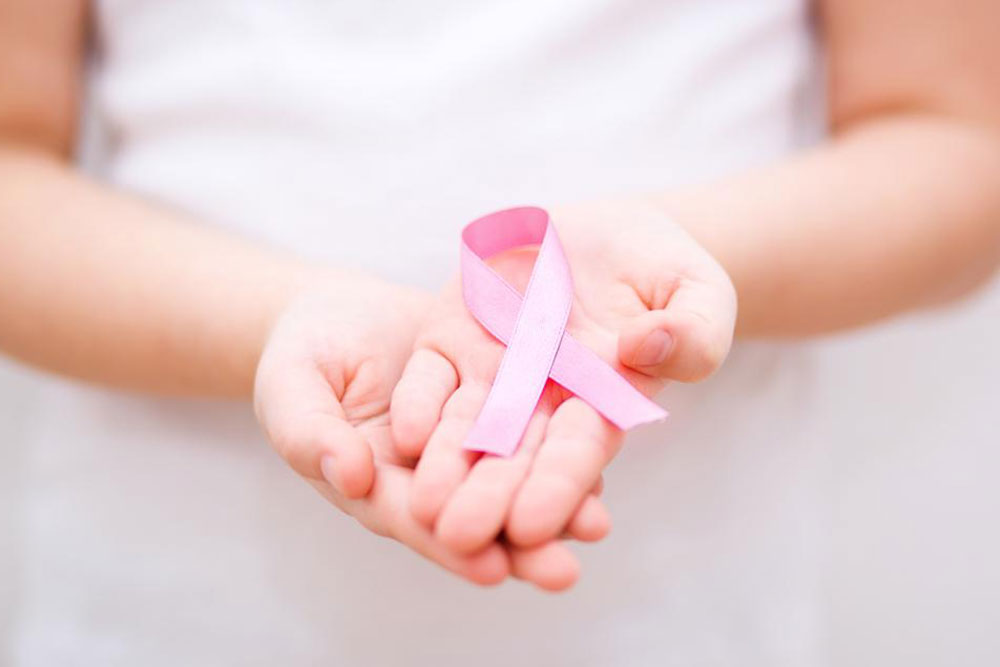Here’s what you need to know about breast cancer screenings and treatment
Typically, most breast lumps are noncancerous; however, if you still find one, it is imperative that you get it checked immediately as it could be a sign of breast cancer. One of the major problems with this condition is that it might not project any symptoms until the later stages. So, it is essential for every woman, especially who are aged above 40 or have a family history related to breast cancer to get regular screenings to rule out any possibilities.

Breast cancer screening and treatment
Screenings for breast cancer are vital as it can detect the onset of the disease, especially when there are zero to mild symptoms. Early diagnosis can help the doctors to treat the condition effectively. Usually, women at an average risk of developing breast cancer fall between the age frame 50 to 75 years and are recommended to get to screening tests in every two years. Moreover, women above 40, should seek the counsel from their doctor for breast cancer screenings.
The two most common breast cancer screening tests are mammogram and MRI (magnetic resonance imaging). The former is a type of X-ray that creates a detailed image of the breasts. It is one of the best and cost-effective methods to detect breast cancer. If the test results from a mammogram are not conclusive, then an MRI would be recommended for women who have higher chances of developing cancer as compared to individuals with a lower risk.
If the screening tests for breast cancer indicate its presence, then the treatment will be initiated by conducting diagnostic tests such as biopsy, ultrasonography, etc. If you are planning to get screened for breast cancer, contact your doctor who can guide you to a diagnostic clinic or hospital.
Usually, if the breast cancer is detected in the early stages, then the doctors will adopt a combination of treatments including surgeries like mastectomy in which the entire breast is removed or lumpectomy where only the tumorous part and the issues around it are taken out. In both the cases, the doctors might also remove a few lymph nodes in the underarm to examine if the cancer has reached that area. In cases, where the course of treatment involves lumpectomy, radiation, and chemotherapy is recommended to destroy any remaining cancer cells. Chemotherapy may also be used before the surgery to weaken and shrink the tumor.
For breast cancer in stages 2 and 3, a range of medical treatments can be implemented including chemotherapy, hormone, targeted and radiation therapy, and surgeries. In the metastatic stage (stage 4), the same treatments are utilized which are used in stage 2 and 3; however, the course and frequency might differ. This could also be accompanied by clinical trials in which the new drugs are experimented with as a part of the research for combating cancer.
Managing costs for breast cancer screening and treatment can hit your finances considerably. However, you don’t need to worry as most insurance companies provide coverage for the medical expenses.




